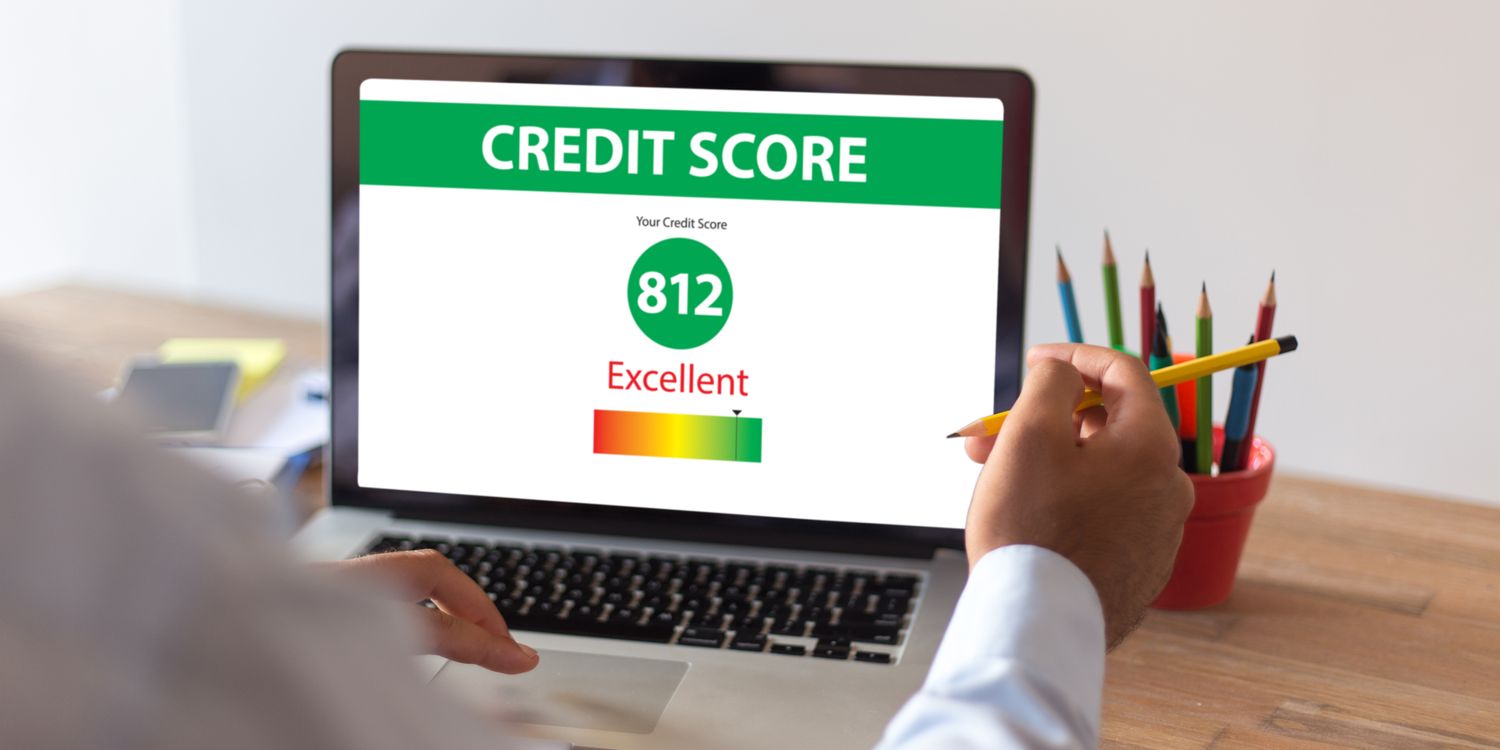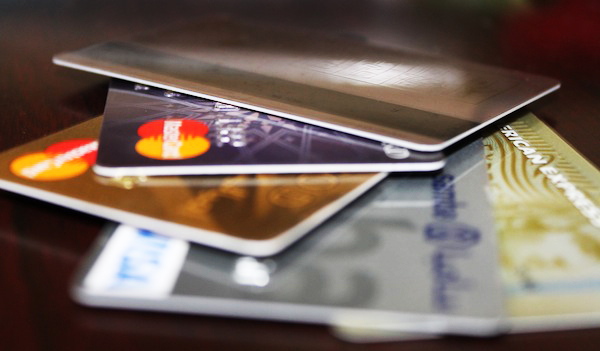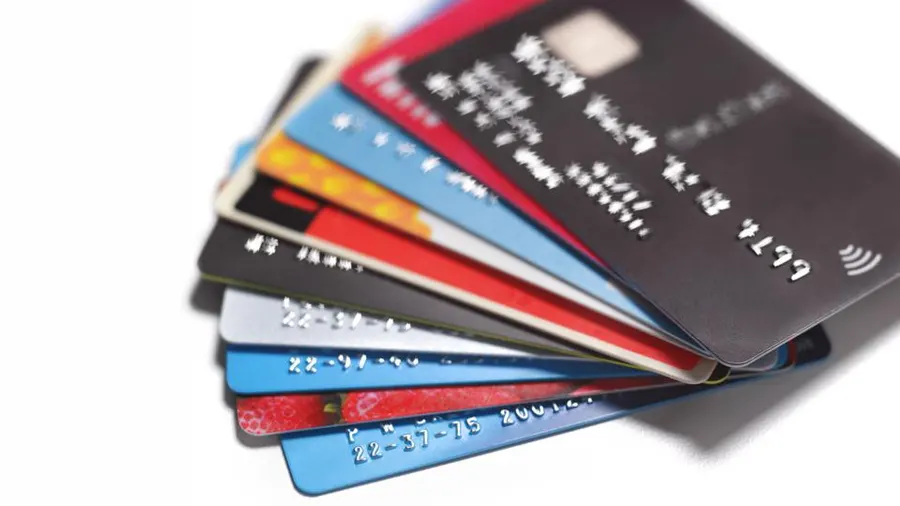Understanding the nuances of secured and unsecured loans in the UK is crucial for anyone looking to manage their finances wisely. Both types of finance options come with their own set of advantages and disadvantages, making it essential to choose the one that best suits your financial needs and circumstances. This blog post will delve into the details of secured and unsecured borrowing, offering insights to help you make an informed decision.
Here’s a thorough exploration of what you need to know about these financial products. We’ll cover how each works, their pros and cons, and essential considerations when deciding which option is right for you.
What Are Secured Loans?

A secured loan is a type of borrowing that requires you to put up an asset—usually your home or vehicle—as collateral. This type of loan typically comes with lower interest rates because the lender has some form of security if you default on the payments. Secured loans are ideal for financing significant expenditures such as home improvements, consolidating debt, or even starting a business.
The process of obtaining secured credit often involves rigorous evaluation of the value of the collateral and your ability to repay. Given the potentially severe consequences of default, such as losing your home, it’s vital to be confident in your repayment capabilities.
As a result, secured loans are considered less risky for lenders but pose more significant risks for borrowers. However, the lower interest rates and extended repayment terms can make them an appealing option for individuals with substantial financial requirements.
Pros of Secured Loans
The most significant advantage of secured borrowing is the lower interest rate compared to unsecured loans. This feature makes them a cost-effective solution for borrowing large amounts of money. Furthermore, because the loan is secured against an asset, lenders are more willing to approve higher loan amounts, providing you with more financial flexibility.
Another benefit is the extended repayment terms available. These loans often come with longer durations, reducing the amount you need to pay each month and making it easier to manage your finances over a longer period.
Lastly, secured loans can also improve your credit score if managed responsibly. By consistently making payments on time, you can build a positive credit history, which may help with future borrowing opportunities.
Cons of Secured Loans
Despite their benefits, secured credit options come with notable drawbacks. The primary disadvantage is the risk of losing your collateral if you’re unable to meet repayment obligations. This possibility can create significant financial stress, especially if the asset involved is your home.
Another downside is the lengthy approval process. Secured loan applications require extensive documentation and asset evaluations, making it a slower option compared to unsecured loans. This may not be suitable for those who need quick access to funds.
Additionally, some people might find themselves borrowing more than they need due to the higher loan amounts available, which can lead to unnecessary debt. Therefore, it’s essential to borrow only what is necessary and manageable.
What Are Unsecured Loans?
An unsecured loan, on the other hand, does not require collateral. Instead, approval and terms are based primarily on your credit score and financial history. This type of loan is often used for smaller, short-term needs such as paying off debt, funding holidays, or covering unexpected expenses.
The convenience and speed of obtaining unsecured borrowing make it a popular choice for many individuals. Without the need for collateral evaluation, you can often get approval within hours or days, making it suitable for urgent financial needs.
However, because the lender assumes more risk without collateral, unsecured loans generally come with higher interest rates. Additionally, the amount you can borrow is typically lower compared to secured loans, reflecting the reduced security for the lender.
Pros of Unsecured Loans
The most significant advantage of unsecured credit is the quick and straightforward application process. With less paperwork and no need for asset evaluations, you can gain access to funds much faster than with secured loans.
Another benefit is that there’s no risk of losing an asset. Since unsecured loans don’t require collateral, you won’t have to worry about losing your home or vehicle if you fail to meet the repayment terms.
Unsecured loans also offer flexibility in terms of usage. Unlike secured loans, which may come with specific conditions on how the money can be used, unsecured loans generally come with fewer restrictions, allowing you to use the funds as you see fit.
Cons of Unsecured Loans
The most apparent downside of unsecured borrowing is the higher interest rates. Since there’s no collateral involved, lenders balance the increased risk with elevated rates, making it a more expensive option over time.
Another disadvantage is the stricter qualification criteria. Without an asset to secure the loan, lenders place greater emphasis on your credit score and financial history, which can make approval more challenging if you have a poor credit rating.
Lastly, the loan amounts available for unsecured borrowing are generally lower than those for secured loans. This limitation may not be suitable for those looking to finance large purchases or consolidate substantial amounts of debt.




